Zen and the art of photographing the Karoo
Photographers who linger in the small details often find just as much beauty as those who focus on the sweeping plains.
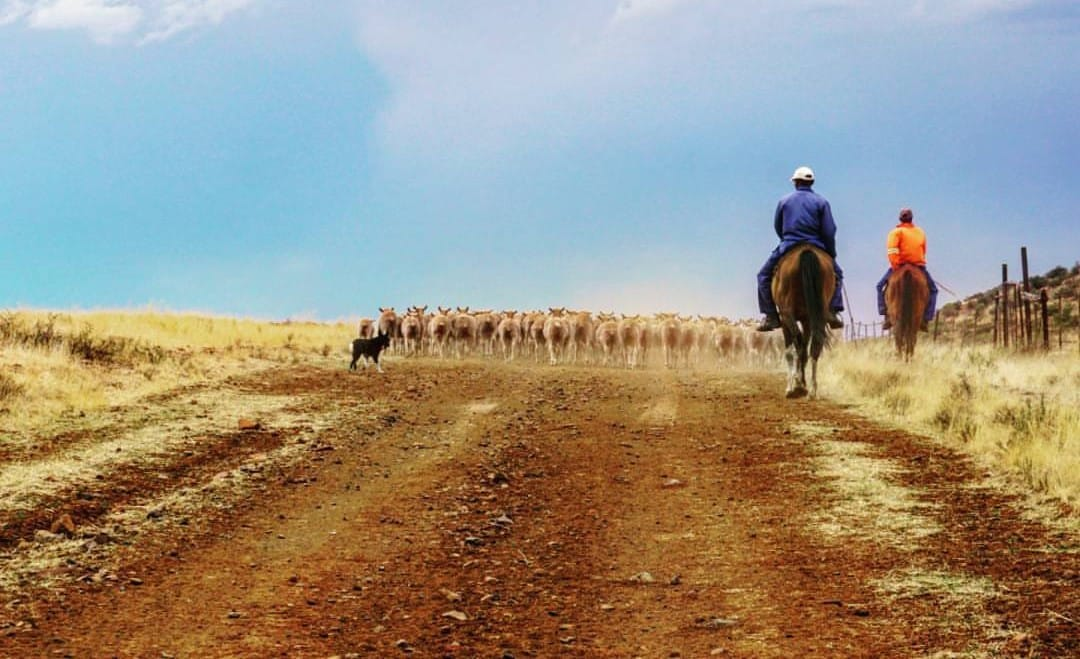

The Karoo has always been a place that resists rushing. For those who arrive with a camera, this is a learning ground for noticing detail and mastering patience. The art of photographing the Karoo is to capture its essence.
Light as the main subject
Light is everything here. At dawn, a soft haze lifts across the veld, casting gentle shadows and pastel skies. Midday sun sharpens every line and colour, turning the land into something stark and dramatic. Evening brings the golden hour, when the shadows of homesteads stretch long and the earth glows with a richness found nowhere else.
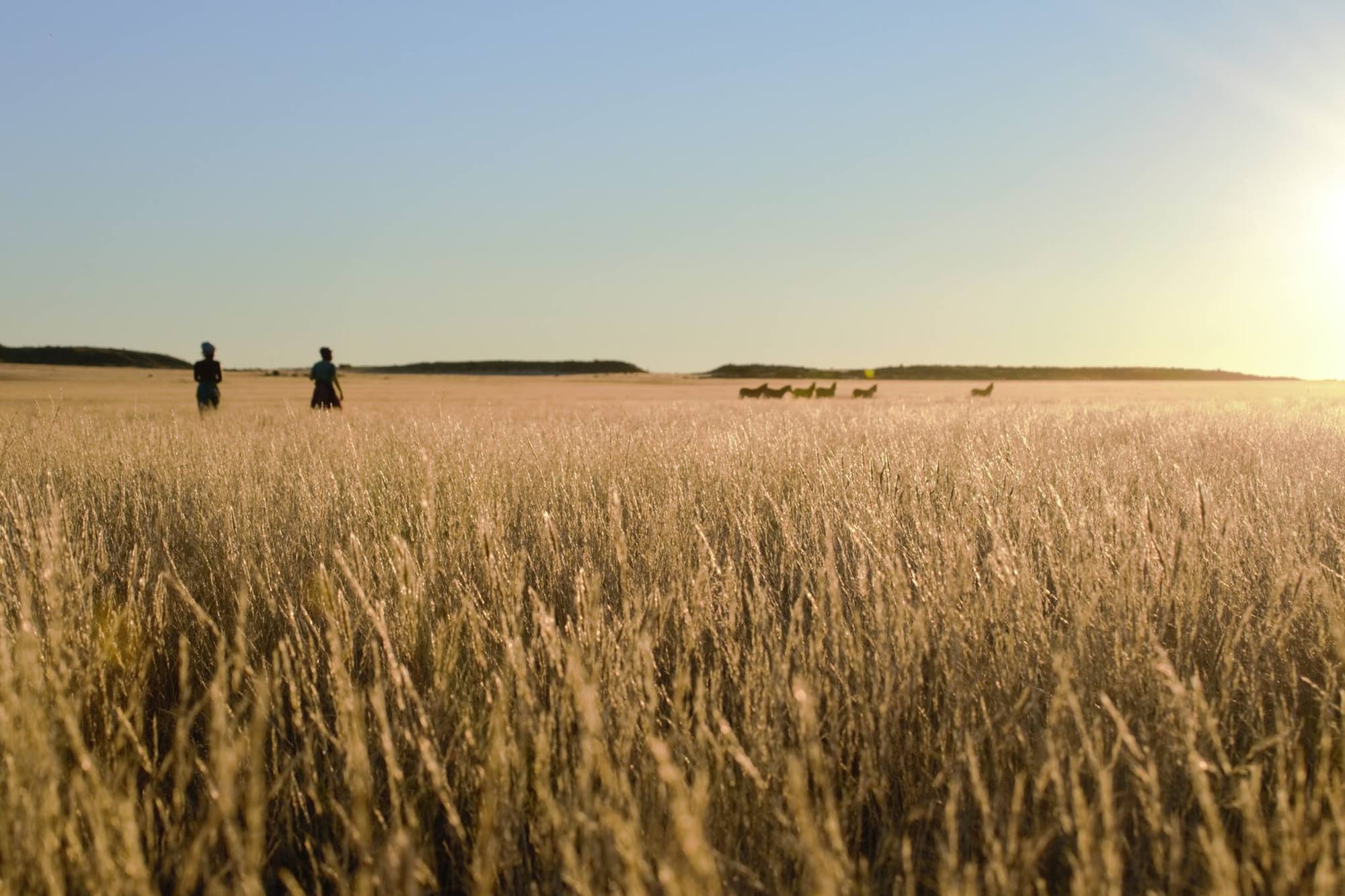
To photograph here is to follow the light, to wait for it, and to see how it changes the familiar into the extraordinary.
Heritage and texture
The Karoo’s textures tell its stories. Weathered stone walls, rusted windpumps, sun-bleached gates, and enamel mugs in a roadside stall all speak of endurance.
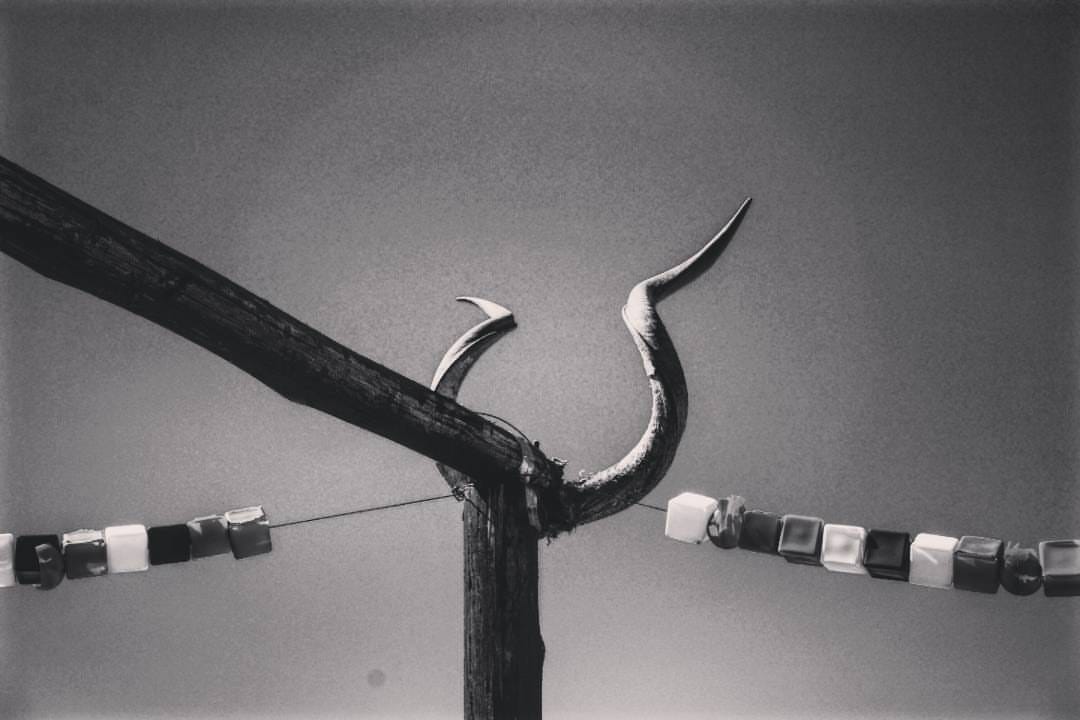
Photographers who linger in the small details often find just as much beauty as those who focus on the sweeping plains. Each crack, each layer of paint, each handmade object holds within it the tale of a region shaped by oldness and resilience.
The night sky revealed
Few places in the world offer night skies as clear as the Karoo. With so little light pollution, the stars appear impossibly bright, and meteor trails cut clean lines across the heavens.
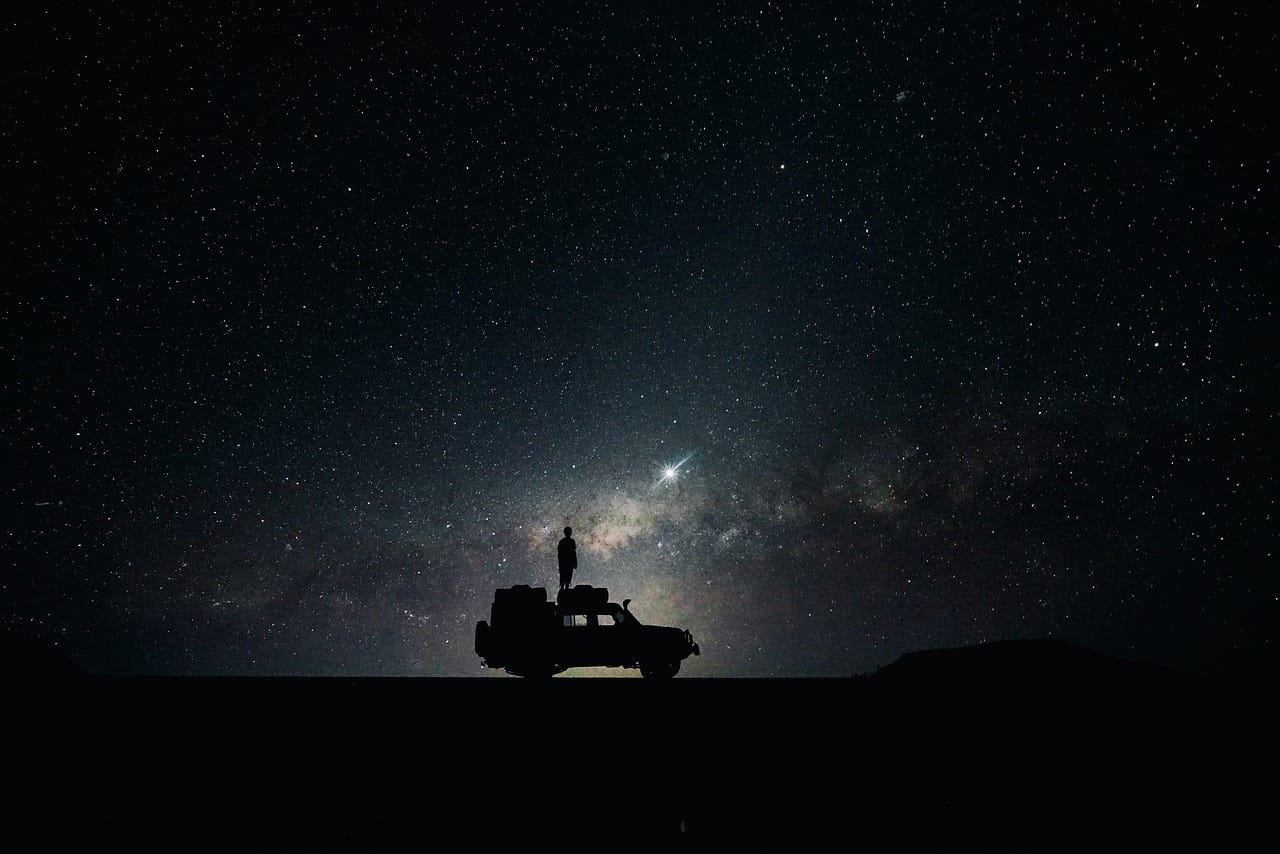
This makes it a paradise for astrotourism. Long exposures can capture star trails turning above windmills or koppies, while the Milky Way arcs magnificently over the land.
For many, photographing the Karoo sky is as moving as photographing its landscapes, for it shows a place that presses against the cosmos.
Wildlife and birdlife
The Karoo may not teem with wildlife in the way of savannah parks, yet its creatures carry a special presence. Small herds of antelope, the striking blue crane, the solitary Karoo korhaan, or a meerkat colony at sunrise each provide moments of life against the stillness of the plains.
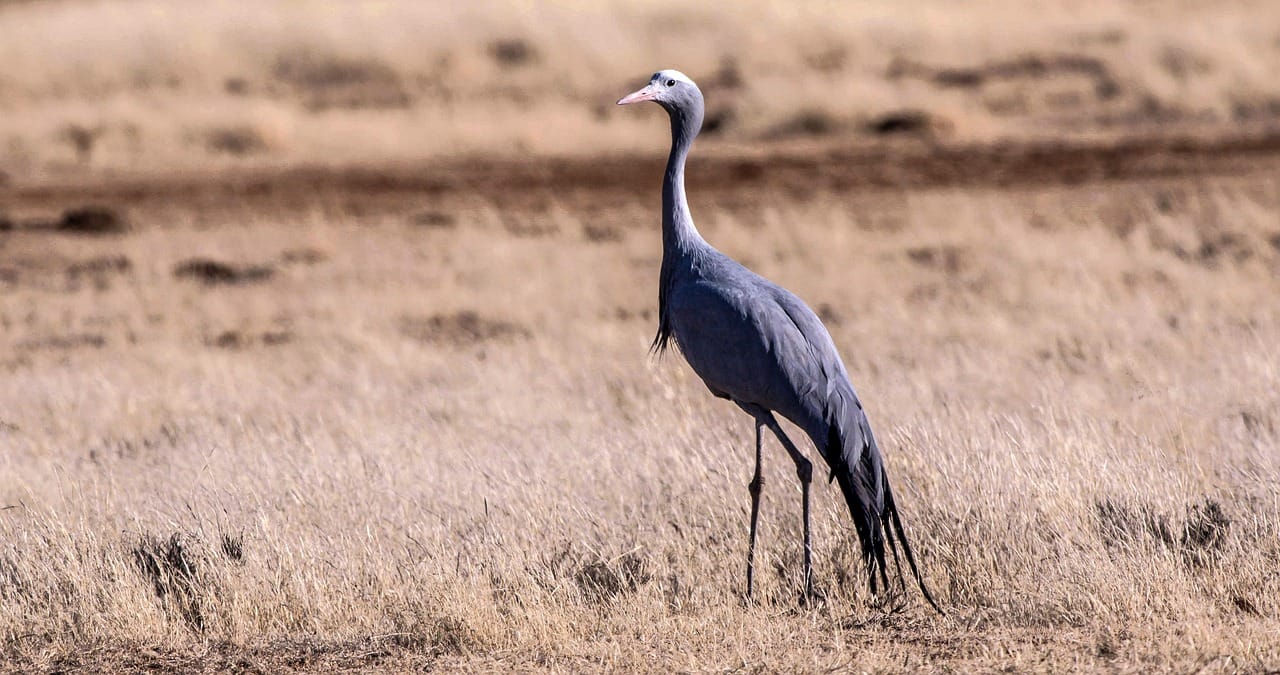
Photographing here involves subtlety: catching the flick of a tail in dust, or the sudden lift of wings against a wide horizon. These are intimate encounters that reward patience and quiet observation.
Portraits and people
Equally important are the people of the Karoo. A shepherd crossing the veld, a vendor selling preserves, or a weaver working by hand are subjects that speak to the heart of the region.

To photograph people here is to enter into relationship, not simply to take an image. Respect, conversation, and a willingness to listen turn a portrait into a moment which captures both personality and place.
Why it matters
To photograph the Karoo is to preserve it. Climate shifts and creeping modernity mean that ways of life are changing. Photography becomes a record of what endures. It also challenges the perception of the Karoo as empty.
Each photograph tells the truth of its fullness - its colours, textures, people, and its light. For travellers, the act of slowing down to take a picture is itself a lesson in the Karoo way of life, reminding us that seeing deeply matters more than moving quickly.
A retreat into vision
Many visitors now come for slow-travel photography retreats, choosing to spend days in one place, waiting for the perfect dawn shot or a night sky clear enough to frame. For anyone who seeks to capture the best of the Karoo, the most important step is simple: take your time, look closely, and let the land reveal itself to you. Then, take that shot.


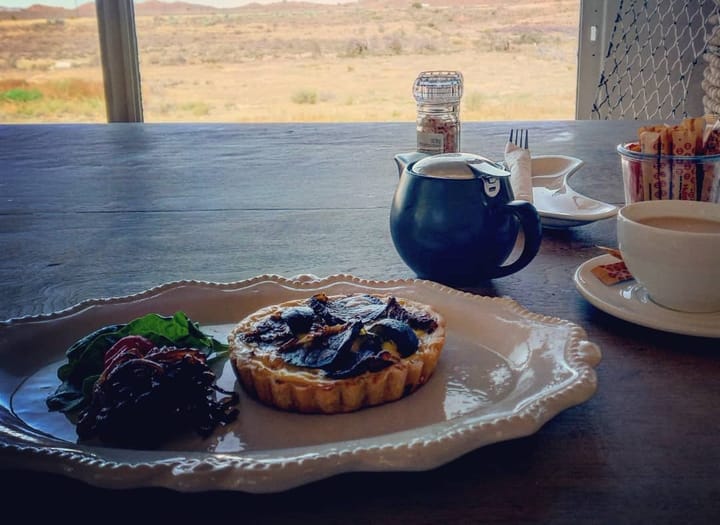
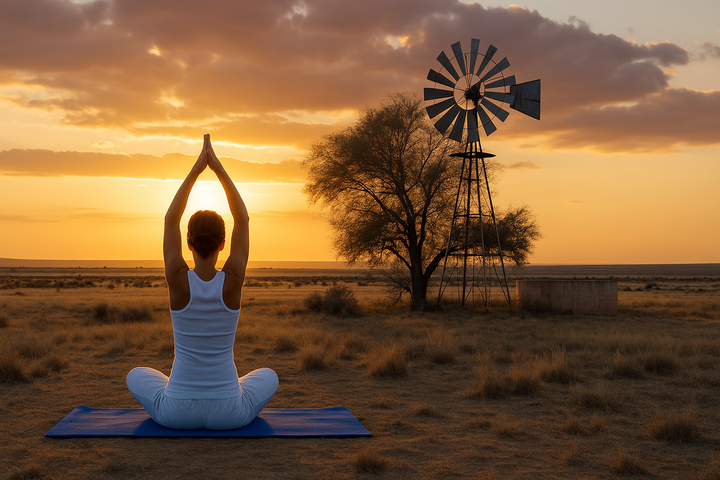
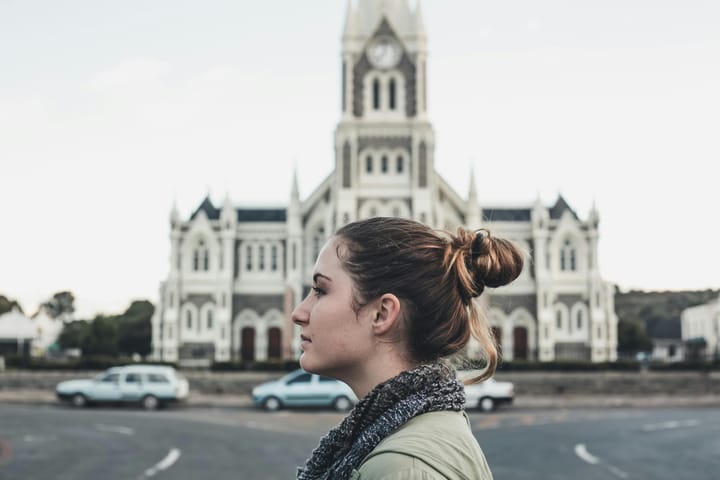
Comments ()